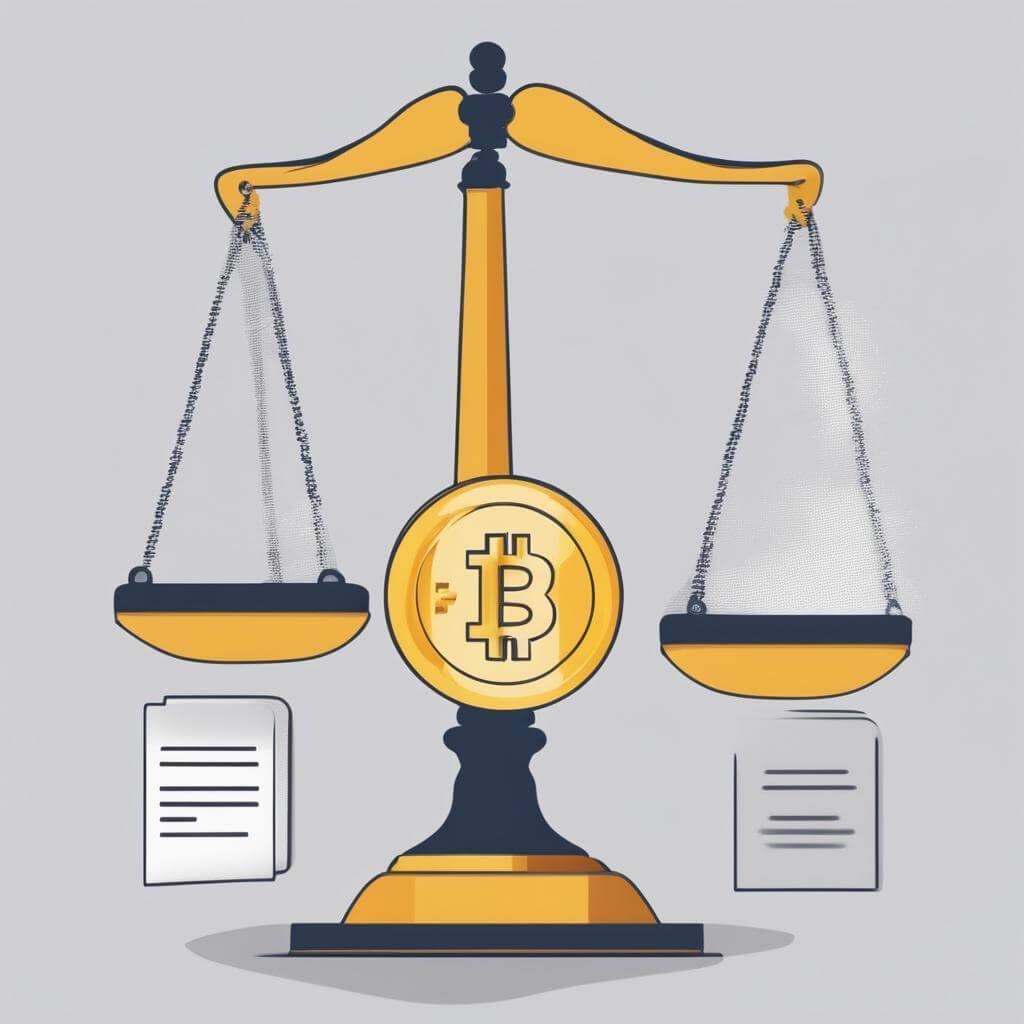Learn about the historical evolution of cryptocurrency regulation, from cautious beginnings to comprehensive frameworks. Discover the impact of regulation on the market and the role of international cooperation. Find insights into regulatory approaches in different countries.
Cryptocurrency regulation has come a long way since its inception, and understanding its historical evolution is crucial for those with a vested interest in this innovative digital asset. Over time, governments and regulatory bodies worldwide have grappled with the challenges of creating effective frameworks to govern this decentralized form of currency. Exploring the past offers valuable insights into the development and changes in cryptocurrency regulation, shedding light on the path it has taken and the current landscape we find ourselves in.
A Historical Overview of Cryptocurrency Regulation
Introduction to Cryptocurrency
Cryptocurrency, a digital or virtual form of currency, has gained significant attention and popularity over the past decade. Bitcoin, the first and most well-known cryptocurrency, was created in 2009 by an anonymous person or group known as Satoshi Nakamoto. Its decentralized nature, cryptographic security, and potential for anonymity have made it attractive to individuals and organizations seeking alternatives to traditional financial systems.
Early Government Responses
As cryptocurrency gained traction, governments faced the challenge of regulating this emerging technology. In the early years, many governments took a cautious approach, uncertain about how to classify and control digital currencies. Some acknowledged the potential benefits of cryptocurrencies, such as increased financial inclusivity and reduced transaction costs, while others expressed concern about their use in illegal activities and lack of oversight.
Emergence of New Regulatory Frameworks
Over time, governments around the world recognized the need for regulatory frameworks to address the unique challenges posed by cryptocurrencies. In the United States, for example, the Financial Crimes Enforcement Network (FinCEN) began issuing guidance in 2013 to clarify the application of existing anti-money laundering (AML) and know your customer (KYC) regulations to cryptocurrency transactions. Other countries, such as Australia and Canada, also introduced regulations to combat money laundering and terrorist financing risks associated with cryptocurrency.
Growth of International Cooperation
Recognizing the global nature of cryptocurrency, international cooperation on regulation has become essential. Organizations like the Financial Action Task Force (FATF), an intergovernmental body focused on combating money laundering and terrorist financing, have played a pivotal role in shaping international standards for cryptocurrency regulation. In 2019, FATF issued guidelines for member countries, highlighting the importance of identifying and mitigating the AML risks associated with cryptocurrencies.
SEC Actions and Enforcement
In the United States, the Securities and Exchange Commission (SEC) has played a significant role in regulating cryptocurrencies that qualify as securities. In 2017, the SEC issued a report stating that some initial coin offerings (ICOs), a crowdfunding method often used to fund cryptocurrency projects, could be considered securities offerings and subject to registration requirements. Since then, the SEC has taken enforcement actions against several ICOs, emphasizing the need for compliance with securities laws in the cryptocurrency industry.
Regulatory Approaches in Different Countries
Cryptocurrency regulation varies significantly from country to country. Some nations, like Japan, have embraced cryptocurrencies and introduced comprehensive regulatory frameworks to provide clarity and consumer protection. Japan’s Payment Services Act, enacted in 2017, established a licensing system for cryptocurrency exchanges and mandated compliance with AML and cybersecurity requirements.
Japan’s Regulatory Framework
Japan has emerged as one of the leading countries in cryptocurrency regulation. The country recognized the potential of cryptocurrencies early on and took a proactive approach to establish a supportive regulatory environment. The Payment Services Act, along with subsequent amendments, provided a clear legal framework for cryptocurrency exchanges and established rigorous oversight and reporting requirements. This comprehensive regulation has helped build trust in the Japanese cryptocurrency market and encouraged its growth.
China’s Ban and Subsequent Shift
China, on the other hand, initially imposed a ban on cryptocurrency exchanges and initial coin offerings in 2017, citing concerns about financial stability and fraudulent activities. However, the Chinese government has since shifted its stance, acknowledging the transformative potential of blockchain technology underlying cryptocurrencies. While the ban on exchanges remains in place, China has focused on developing its own central bank digital currency and exploring the use of blockchain in various sectors, such as supply chain management and healthcare.
European Union’s Role in Regulation
In the European Union (EU), cryptocurrency regulation varies among member countries. However, the EU has been proactive in establishing a unified approach through frameworks such as the Fifth Anti-Money Laundering Directive (5AMLD). The 5AMLD, which came into effect in 2020, requires cryptocurrency exchanges and custodian wallet providers to comply with AML and KYC regulations. Additionally, the EU has been exploring the potential for a digital euro, a central bank digital currency that could complement existing cryptocurrencies.
Impact of Regulation on the Market
The introduction of regulatory frameworks has had a profound impact on the cryptocurrency market. On one hand, regulation provides clarity and legitimacy, attracting institutional investors and increasing mainstream adoption. On the other hand, compliance with regulatory requirements can be burdensome for smaller players, potentially stifling innovation and competition. Moreover, the evolving nature of regulation poses challenges for businesses operating across multiple jurisdictions, as compliance requirements vary widely.
Conclusion
The history of cryptocurrency regulation reflects the evolving understanding and recognition of this emerging technology by governments around the world. From the cautious initial responses to the establishment of comprehensive regulatory frameworks, the landscape has evolved significantly. International cooperation, exemplified by organizations like the FATF, has played a crucial role in shaping global standards. While the impact of regulation on the market is still unfolding, it is clear that cryptocurrencies are here to stay, and continued regulatory development will be necessary to strike the right balance between innovation, consumer protection, and financial stability.


